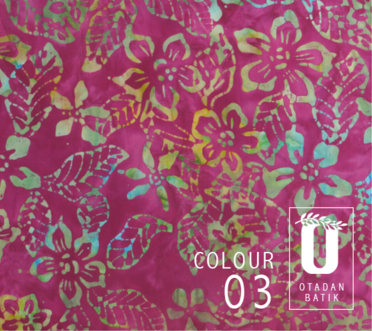Pakistan : Pak moots first garment city in Faisalabad
August 4, 2014/Fibre2fashion.com, India
A number of constraints being faced by the textile sector and the delay in implementing various official decisions have resulted in slow realization of the exports and foreign investment potentials.
Officials in the ministry of commerce concede that the delay in implementing various decisions including directives given at the highest level, restrict efforts to increase exports.
Only after a serious push by people at highest level, that a decision has been taken to set up immediately the three garments cities without wasting more time.
And those who matter made sure that Faisalabad garment city is established first and this led to making of a formal proposal by the ministry of textile to the Planning and Development Davison for approval.
The project will provide space for readymade factories, the in-house training centres, a testing laboratory, conference and exhibition hall, buyers offices and other facilities in line with the international standards of compliance.
In view of the recent elimination of textile quotas and subsequent opening up of international markets, many countries are investing in physical infrastructure to facilitate increased exports.
Similar cities are successfully operating in China, Singapore, Vietnam and Bangladesh. India is setting up large industrial parks.
The purpose is to provide facilities and necessary infrastructure to the textile sector with a view to promote the value-added garments (woven and knitted), home textiles, made ups and accessories for international markets.
The Faisalabad garment city will provide a minimum of 1,44,000 garments a day in 310 working days a year, with an export value of $180 million per annum. “These are minimum figures of production, value addition and priceâ€, the ministry maintained.
The textiles city’s pay back period will be 10 years and seven months. The financial feasibility of the project has been carried out.
More importantly, the city will contribute towards social uplift of the area and that an institutional infrastructure will be available in the shape of ‘garment city management and administration’, which will provide high quality training and testing facilities to the manufacturers.
About 9,000 new jobs will be created directly, and indirectly about 20,000 people will earn their living from the project. A large number of workers employed in these factories will be women.
The factories will only be used as stitching units for garments. There will be no dyeing or chemical processes involved, and therefore, there would be no effluents from the operations.
The textile sector is the largest foreign exchange earner and its contribution to exports ranges between 65-68 per cent of the total merchandise exports.
The garment city is a textile manufacture project and factory space will be constructed by the government and made available to manufactures of value-added garments.
Being the fourth largest producers of cotton in the world, Pakistanhas to utilise its cotton resources to the maximum by producing knitted and woven garments that can be exported world wide at competitive price.
News by South Asia Logistics.





